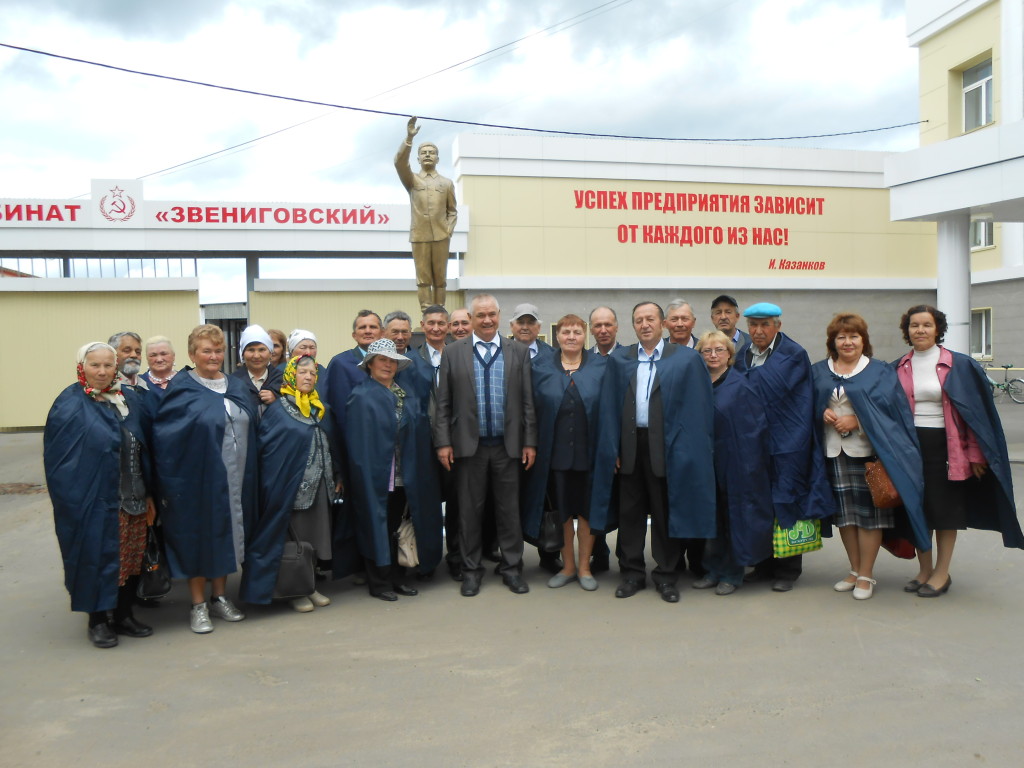This phenomenon is already common in our country, is regulated by a special legislative act. But, nevertheless, many people judge the national enterprise quite generally. Therefore, let's look together what it is, what is the peculiarity of this association, how it is different from others.
What is it?
Let us present the characteristic of national enterprises (NP) given by dictionaries:
- This is the name of an enterprise that is collectively owned by its employees. In this case, property is not divided into shares or units, but is wholly owned by the entire team. Management is carried out by involved managers, as well as by the board of governors.
- Closed joint-stock company, where the number of securities of a particular shareholder depends on the amount of labor invested by him.
- AO of workers characteristic of Russia, which is based on the procedure prescribed by the Federal Law No. 115. Creation - the transformation of a commercial organization, except for a municipal and state unitary enterprise, as well as joint-stock companies in which employees own less than 49% of the authorized capital.
- An enterprise that is collectively owned by its employees, whose profits and property cannot be divided into units or shares.

From JSC to NP
The most common form of economic entity existence for Russian and world practice is AO. But today, for many, the disadvantages of such societies are quite clearly presented. The most significant is the corporate conflict between the communities of large and small shareholders. As a result of such disputes, it is easy to change the owner to a more “convenient” person. Nobody also cancels the absorption of one AO by another as a result of such intrigues.
All of the above is characteristic of both public and closed joint-stock companies. Against their background, another type of enterprise that is free from the stated shortcomings stands out - the national one. Although the legislation of the Russian Federation introduced this form back in 1998, for a long time it was not widely known. It is logical - in the national enterprise of the director's "elite" it is difficult to become the actual owner of the entire object.

But national enterprises in Russia and other countries are becoming more and more popular these days. In the world, already 10% of employees and workers work at facilities of this type. The highest rates in the USA are 15%. And, I must say, the process does not think to stop, because it is clear to any sane person that the formation of a non-profit partnership will lead to the democratization of property, the mitigation of inequality in society, and social stability.
Thus, the future is a combination of capital and labor, the transition of the working class to an average living standard with already acceptable living conditions.
The essence of NP
So what are the characteristics of national enterprises? Here are some significant points:
- It is here that workers have the right to receive shares of their company free of charge by distributing securities among all members of the company.
- In a non-profit partnership, full control of workers over the financial flows of their enterprise, protected by law, is possible.
- Profit after tax remains at the disposal of the NP. Further, it is directed to the economic stimulation of workers, the development of production.
- Unlike PAO, ZAO, a national enterprise is an annual remuneration of each employee with a volume of shares, which is proportional to the size of his salary. This fact stimulates greater labor productivity and reduces staff turnover. After all, it is much more profitable for a person to work productively and for a long time in order to receive a good amount from the disposal of shares upon dismissal.
- Thus, privatization takes place periodically, so a newly hired employee may also become a shareholder next year.
- There is a limit on the maximum ownership of shares by one participant. The highest salary of the general director is also standardized.
- Third-party shareholders cannot receive a large share of the shares - only 5% of the total authorized capital is distributed over their entire number.

Key Benefits of NP
The undoubted advantages of the national enterprise are the following factors:
- A controlling stake in the object always remains in the hands of the workers, which does not pose an obstacle for them to invest in the development of their own enterprise.
- One of the few forms that does not allow the absorption of one organization by another.
- It assumes "transparency" of reporting documents, which makes the NP quite attractive for investors.
- Powerful stimulants for the development of corporate culture, modern corporate governance.

NP Characteristic
Here are a number of points that will help to most fully characterize a national enterprise:
- A prerequisite - 75% of the authorized capital is always owned by NP employees.
- Absolutely all employees each year are completely free of charge endowed with the securities of the enterprise according to the amount of their annual salary.
- The obligation of the worker upon dismissal is to sell his shares back to the NP. The latter is obliged to redeem them at the current market value on that day. Up to 30% of the net assets of this enterprise are allocated to this.
- The newly hired workers in proportion to the size of their salary NP is also obliged to endow with shares - not earlier than 3 months and not later than 2 years after employment.
- The following persons cannot acquire shares of NP: the General Director, his assistants and deputies, members of the Audit Council and the Supervisory Commission.
- The number of shareholders is not more than 5 thousand. The average number of employees is at least 51 people.
- Decisions at the general meeting are made by the law "one vote = one shareholder".
- The number of shareholders-employees may not exceed 10% of the payroll number.
- Only ordinary shares are being issued.
- The salary of the CEO is limited by the coefficient of the average salary of an ordinary employee for the year.
- One worker may not have the number of shares exceeding 5% of the authorized capital.
- During operation, you can only sell 20% of your shares to other employees or to the NP itself.

What can contact the NP?
According to the current legislation, any commercial form except FSUE and MUP can become a national enterprise.
In this case, one condition for PJSC is that employees must own at least 49% of all shares. For closed joint-stock companies, this condition is not imposed.
Creation of a national enterprise
Conversion to NP is carried out according to the following algorithm:
- Decision-making on the appeal to the national enterprise at the general meeting of shareholders by a majority of votes.
- Expression of consent (by affixing signatures on the protocol) to the conversion of ¾ employees of the entire payroll.
- The signing of the agreement on the creation of NP by those shareholders who own 75% of the securities.
- Adoption of the charter of the NP by a majority vote.
- Registration of a document on the issue of shares in the Federal Commission for the Securities Market of the Russian Federation.
- Extraordinary meeting of shareholders on the election of governing bodies.

Today, the necessary documents for applying to NPs can be obtained from the RSNP (Russian Union of People's Enterprises). We pass to the last point.
Legislative regulation
Such associations are regulated by Federal Law No. 115, adopted in 1998 (the last amendment was carried out in 2002), “On the Peculiarities of the Legal Status of National Enterprises (Joint-Stock Companies of Workers)”.
The legislative act is quite common and detailed - consists of 16 articles:
- Relations that are regulated by this Federal Law.
- About the order of the foundation of the national enterprise (NP).
- Charter, agreement on the creation of NP.
- Registered capital.
- The endowment of employees with shares of the enterprise.
- A number of restrictions on the ownership and disposal of NP securities.
- The redemption price of shares, the procedure for paying dividends.
- Sale of shares of NP held on its balance sheet.
- The number of employees and shareholders of the NP.
- On the general shareholders meeting.
- Extraordinary General Meeting of Shareholders.
- Supervisory Board of NP.
- General Director of the national enterprise.
- The control (revision) commission of the NP.
- The procedure for monitoring the economic and financial activities of NP.
- On the entry into force of this Federal Law.

The national enterprise today is one of the most progressive forms of management. With confidence, we can assume that the future lies precisely behind it.

"The number of employee shareholders cannot be more than 10% of the payroll number."